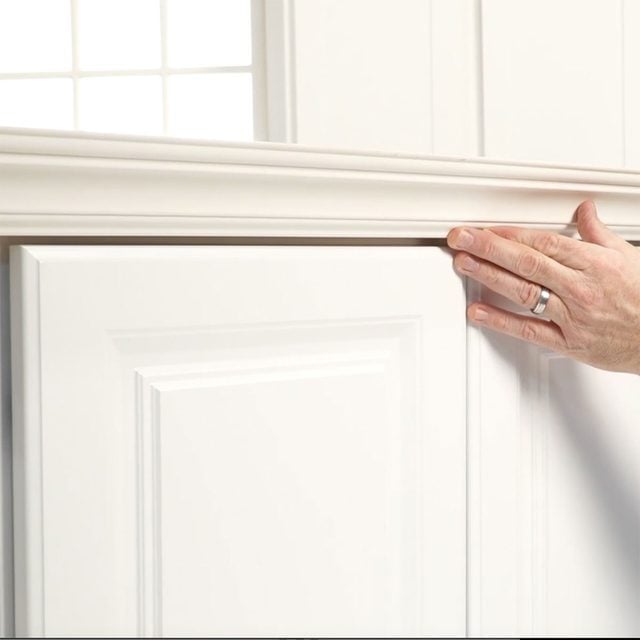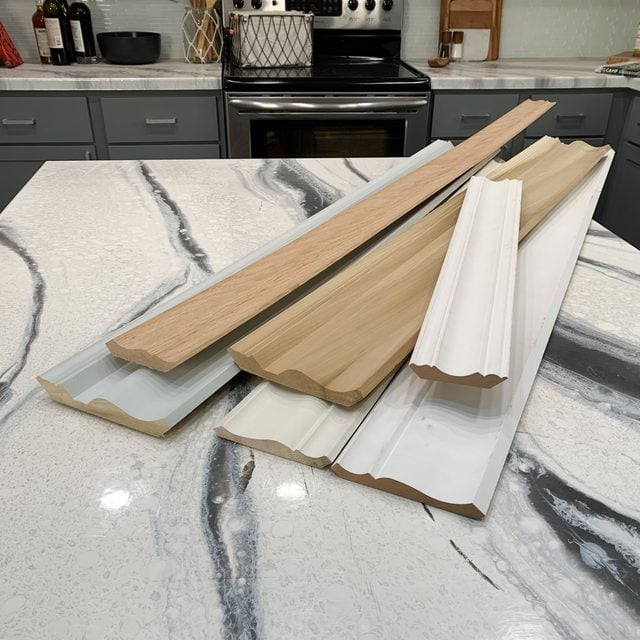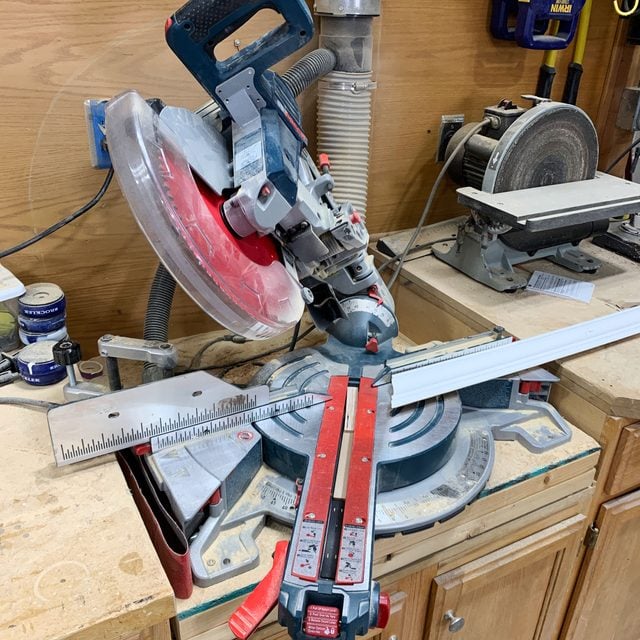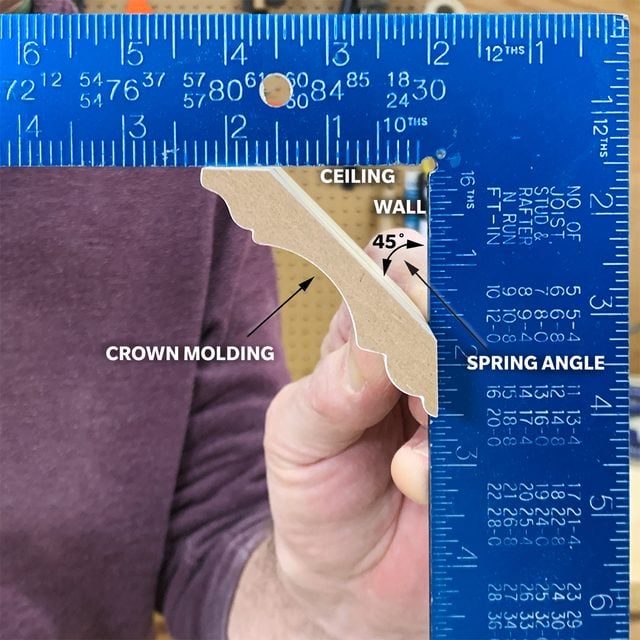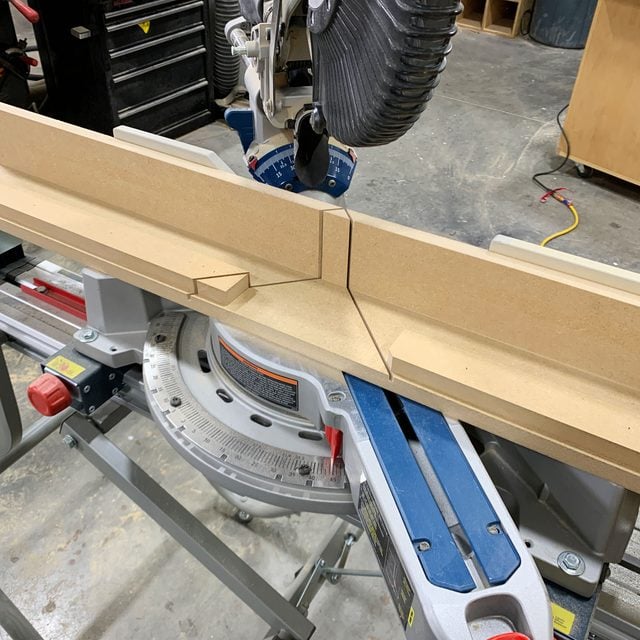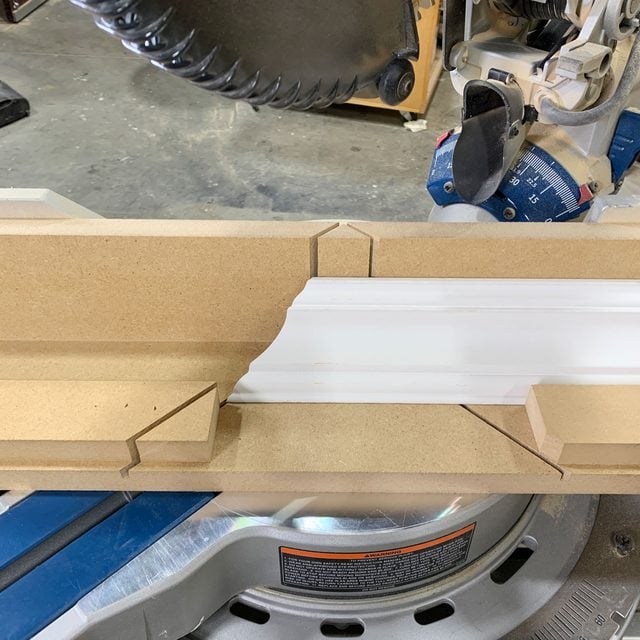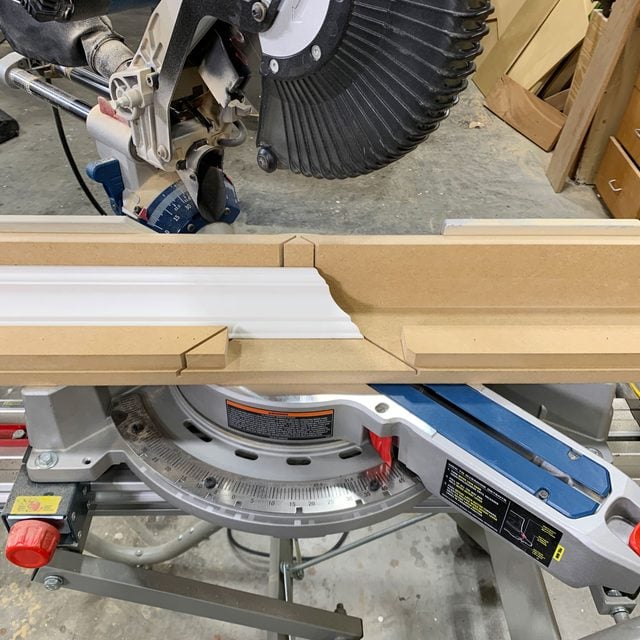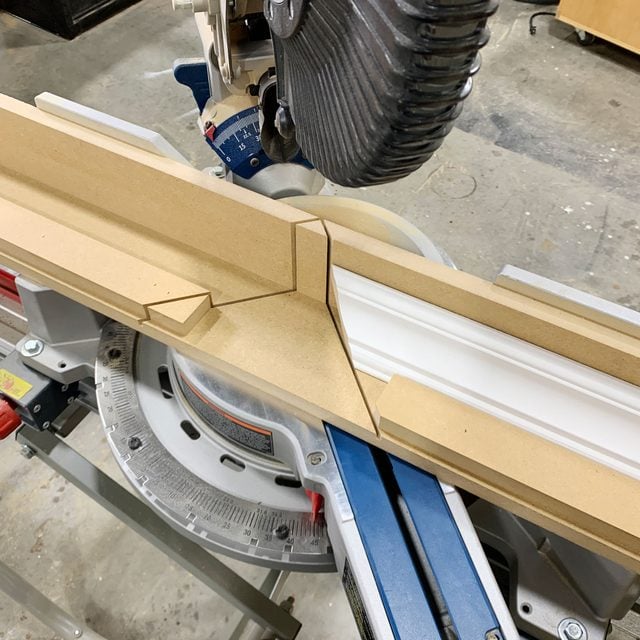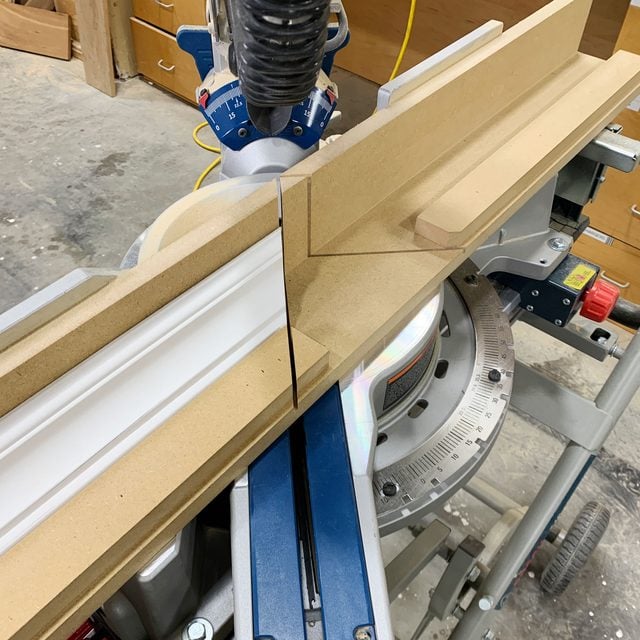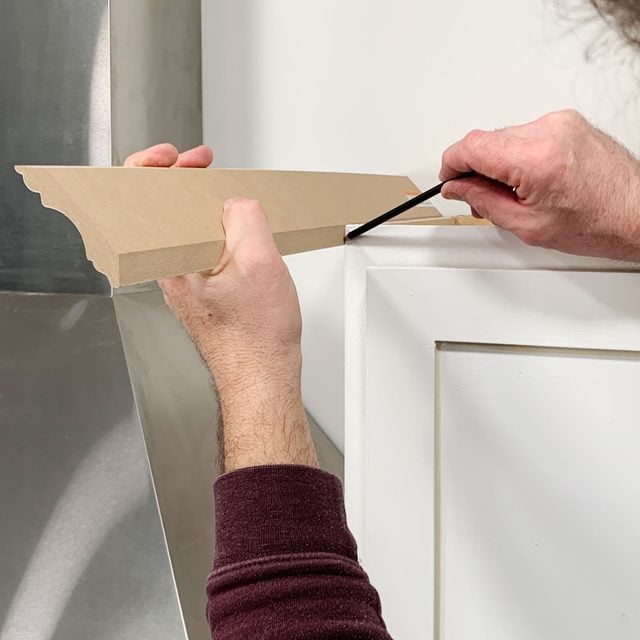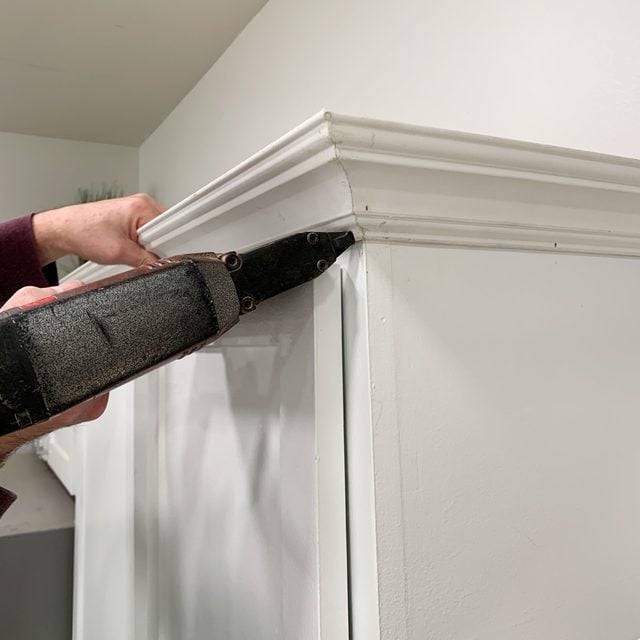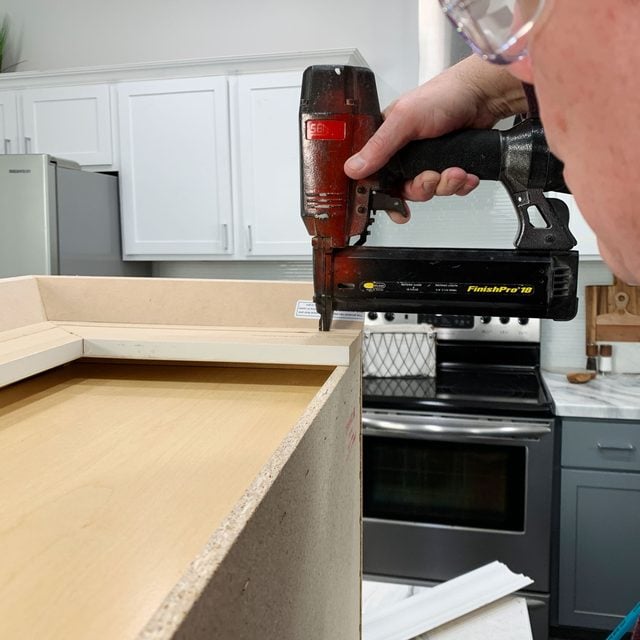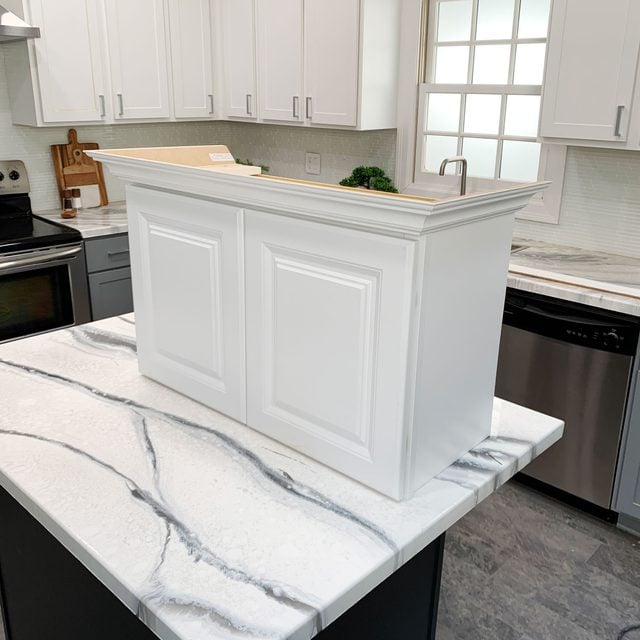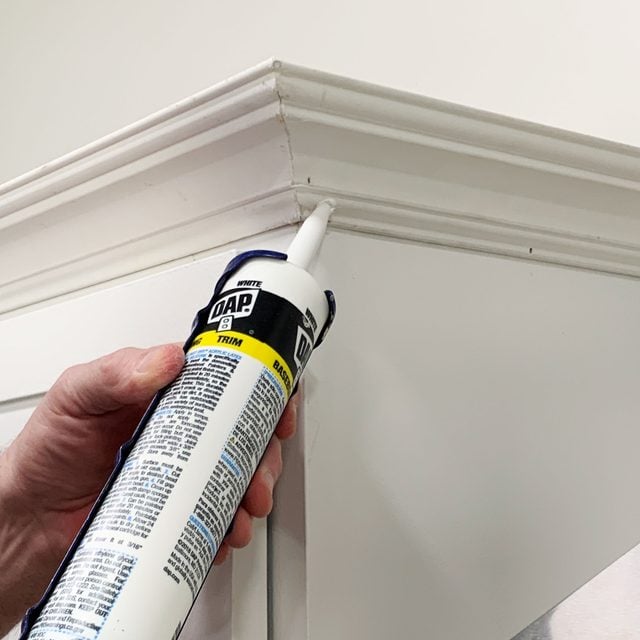Upgrade your kitchen cabinets with crown molding. We'll show you how.
Our editors and experts handpick every product we feature. We may earn a commission from your purchases.Learn more.


Upgrade your kitchen cabinets with crown molding. We'll show you how.
Our editors and experts handpick every product we feature. We may earn a commission from your purchases.Learn more.
A few hours
Intermediate
$50-100
Installing crown molding on your kitchen cabinets may be the finishing touch you’ve been looking for. It’s not difficult to DIY crown molding. With a few tools, some knowledge and a few tricks of the trade, you’ll be stepping back and admiring your handiwork in no time.
There are a few things to think about when installing crown molding on cabinets. Each cabinet scenario is different; you’ll need to determine which technique best fits your cabinets.
Whether you have traditional cabinets with face frames or European cabinets with no face frame, the first question is: What type of doors do you have, partial overlay or full overlay?
In cabinets with partial overlay doors, attach the crown molding directly to the face frame. Most partial overlay doors leave you with 1-in. to 1-1/4-in. of the exposed face frame for the molding.
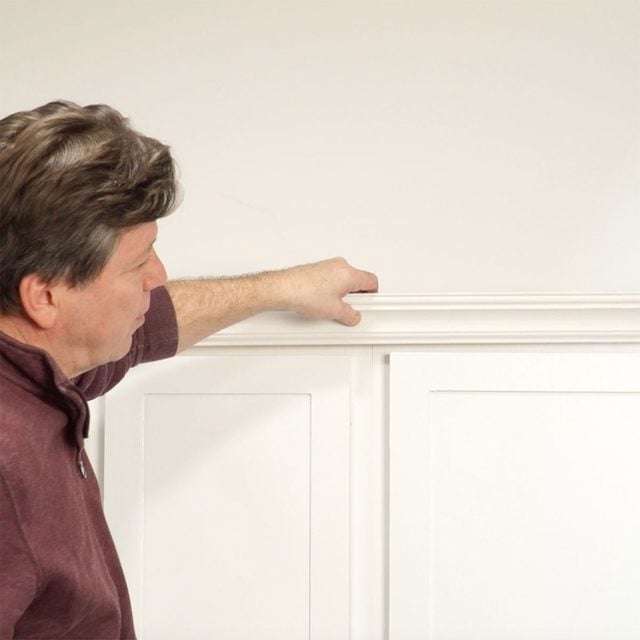
For cabinets with these, add a nailing cleat around the perimeter of the top for attaching the molding. For a more pleasing look, take it one step further: Extend the nailing cleats out about one inch so the crown molding sits flush with the face of the doors.
